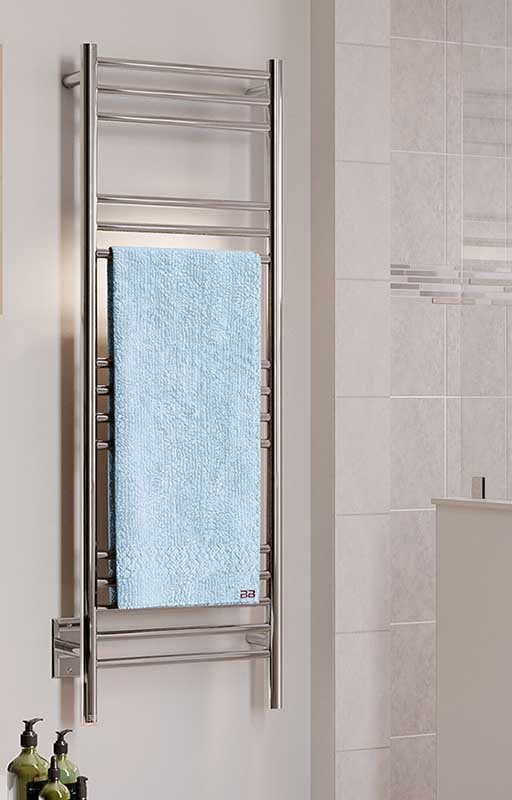The world seems to be firmly divided between people who like their towels soft and fluffy, and people who like them rough and slightly scratchy.
Whichever group you belong to, we can all agree that towels should do their job: dry you. There’s nothing quite as frustrating as stepping out of the shower and reaching for your beautiful new towel, only to find it’s excellent at spreading the water, but not so much at absorbing it.
As heated towel rack specialists, we spend a lot of time with towels. They are, after all, the closest thing to a heated towel rack. So we decided to dive into the debate to see why some towels are rough, others are fluffy, and others don’t absorb water. And what to do about it.
What’s the difference?
Slightly rough towels have their fans – they’re great exfoliators, some just love the feel of them on their skin, and they are often more absorbent. The problem is, high end scratchy towels is an untapped market.
Soft, fluffy towels on the other hand, are the luxurious hug most people seem to want (and expect) from their towels. But not if they don’t absorb water.
Why does my soft, fluffy towel not dry me?
Some towel manufacturers are sneaky, pre-treating them with special softening chemicals before shipping them off for sale. Customers run their fingers over the towels in the store, and the softest, plushest ones get taken home.
Not only is this a sales gimmick that could mask an inferior product, it prevents the towel from absorbing water and drying you as you’d expect.
The simple solution is to wash your new towels with half as much detergent and no fabric softener before using them the first time. That will get rid of those water-repellent chemicals.
How to keep your towels soft and super absorbent
As we said, ditch the fabric softener. Fabric softeners often contain oils and petroleum-based ingredients that coat the fabric and repel water. It’s not what we want from our towels.
Rather do what Becky Rapinchuk, author of Clean Mama’s Guide to a Healthy Home does to keep her towels absorbent, soft and fluffy – she pours a quarter-cup of distilled white vinegar into the fabric softener compartment.
Others swear by reducing the amount of detergent you use by half as using any more can cause towels to stiffen as they build up soapy residue.
Just like clothing, frequent washing and tumble-drying eventually breaks down the towels’ fibers, reducing their absorbency while upping their scratchiness.
This is where your heated towel rack can actually extend the life of your towels. By hanging them over the rack after every use, you reduce the need to launder them as often as the heat destroys bacteria and mould, keeping your towels fresh and dry.
The stuff that dreams are made of
Buying good quality, 100% cotton towels will solve the trifecta of towel problems: too rough, too fluffy, or non absorbent. Check the label to ensure there’s no polyester in sight as this hampers absorbency.




